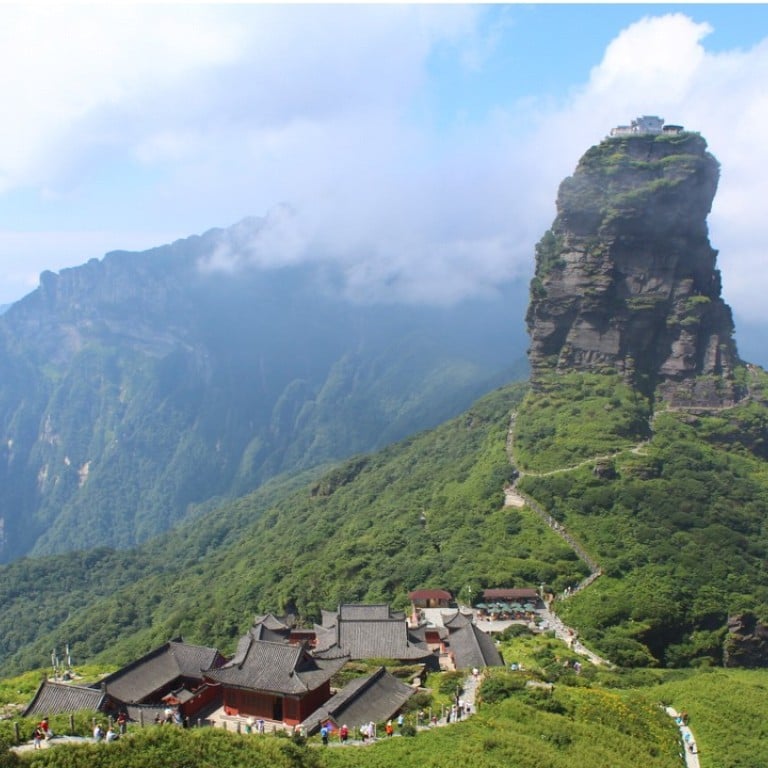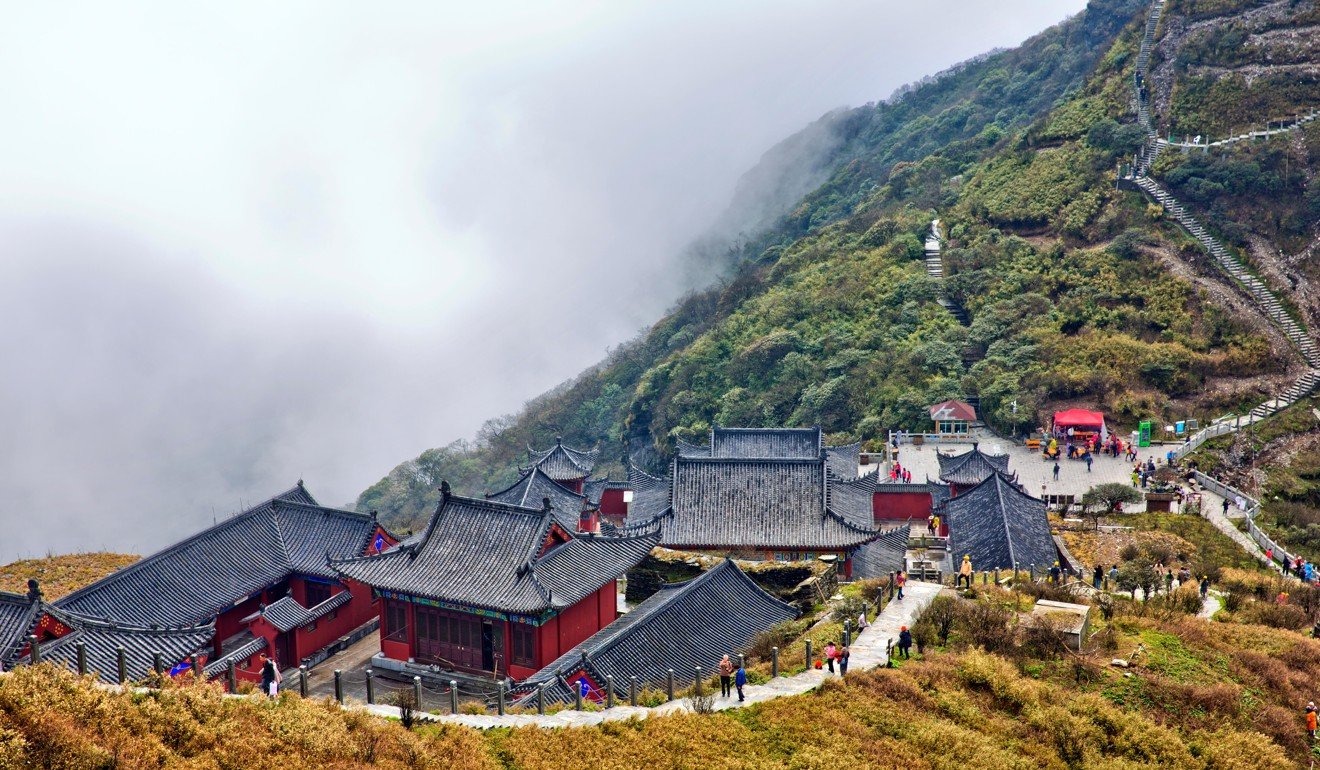
New Unesco World Heritage Sites in East and South Asia: how and when to visit, and what you can expect
Mount Fanjingshan in China, historic buildings in Mumbai, hidden Christian sites around Nagasaki, and mountain monasteries in South Korea are all new on Unesco’s World Heritage Sites list. Here’s the lowdown on visiting them
Each year the United Nations Educational, Scientific and Cultural Organisation (Unesco) adds new places to its World Heritage Sites list that it considers to have “outstanding universal value”. The list already includes over a thousand places, including iconic tourist destinations such as Venice, Stonehenge and Angkor Wat.
On June 30, at the 42nd World Heritage Committee meeting in Bahrain, new additions to the list were announced – including four from East and South Asia.
Taiwan’s stunning beauty is captured in Taroko National Park
Here’s where they are, plus how to get to them and the best times to visit. Try to get there before the inevitable surge in tourist numbers that will result from the listings.

Mount Fanjingshan, China
Where it is: Guizhou province, southwest China
Best times to visit: Spring and autumn
How to get there: China Eastern flies from Hong Kong to Tongren Fenghuang airport via Shanghai
A high degree of biodiversity and a number of endemic species of animals and plants are two of the reasons why the Unesco committee has added Fanjingshan (Fanjing means “pure land”) to its list.
One of China’s Five Sacred Buddhist Mountains, Fanjingshan is home to the Guizhou snub-nosed monkey, as well as three endangered species: the Chinese giant salamander, the forest musk deer and Reeves’s pheasant.
Fanjingshan’s three craggy peaks are the highest in the Wuling Mountain range and host the largest and most contiguous primeval beech forest in the world’s subtropics. Although you can walk the 8,000 stone steps to the summit, there is also a cable car that takes 25 minutes to get to the top.

Victorian Gothic and art deco buildings in Mumbai, India
Where they are: the Fort precinct and Marine Drive, Mumbai, Maharashtra
Best times to visit: November to February
How to get there: Cathay Pacific and Jet Airways fly direct from Hong Kong to Mumbai
To get a glimpse of what a pre-eminent colonial city looked like during the days of the British Empire, go to Mumbai.
Oval Maidan, a public recreation space in south Mumbai’s Fort precinct made up of cricket and football pitches, is surrounded by the sort of grand public buildings that befitted a global trading centre. The architecture is split between Victorian Neo-Gothic buildings – such as the Chhatrapati Shivaji Maharaj museum and the iconic Rajabai, a clock tower inspired by London’s Big Ben – and “Indo-Deco” art deco buildings from the early 20th century, including the Eros and Regal cinema halls.
“The Victorian ensemble includes Indian elements suited to the climate, including balconies and verandas,” said the Unesco Committee, adding “the Art Deco edifices, with their cinemas and residential buildings, blend Indian design with Art Deco imagery, creating a unique style”. What’s more, most are still active public buildings.

Hidden Christian sites around Nagasaki, Japan
Where they are: North-western part of Kyushu island
Best times to visit: Spring and autumn
How to get there: Hong Kong Airlines flies direct from Hong Kong to Nagasaki
In the years before Christianity was banned in Japan in 1614, Nagasaki was a flourishing centre for the religion in Asia.
The Unesco site itself consists of 10 villages, Hara Castle and a cathedral, all built between the 16th and 19th centuries.
Remains of Hara Castle Minamiarimachōotsu, Minamishimabara-shi, Nagasaki-ken 859-2412, Japan 32.629028, 130.254150
“These sites bear unique testimony to a cultural tradition nurtured by hidden Christians in the Nagasaki region who secretly transmitted their faith during the period of prohibition from the 17th to the 19th century,” Unesco said.
Modern Asian history buffs might be familiar with sites across the continent associated with the legacy of Spanish missionary Francis Xavier, such as Goa in India, Malacca in Malaysia, Sri Lanka, and Macau. The hidden locations in Nagasaki are the next to be explored.

Sansa Buddhist mountain monasteries, South Korea
Where they are: Various locations
Best times to visit: Spring and autumn
How to get there: Eight airlines fly direct from Hong Kong to Seoul
If you’ve hiked in Korea, you’ll know the joy of stumbling across a hidden temple or monastery in the mountains. This year, seven Sansa, or Buddhist, mountain monasteries in South Korea have been singled out by Unesco.
The monasteries – Tongdosa, Buseoksa, Bongjeongsa, Beopjusa, Magoksa, Seonamsa and Daeheungsa – all share common features. All have an open courtyard flanked by four buildings, a Buddha Hall, a pavilion, a lecture hall and a dormitory.
Can 24-hour visit to a Korean Buddhist temple enlighten you? We try it
“These mountain monasteries are sacred places, which have survived as living centres of faith and daily religious practice to the present,” Unesco said. They are also a great excuse to leave South Korea’s cities behind and go trekking in the mountains.

